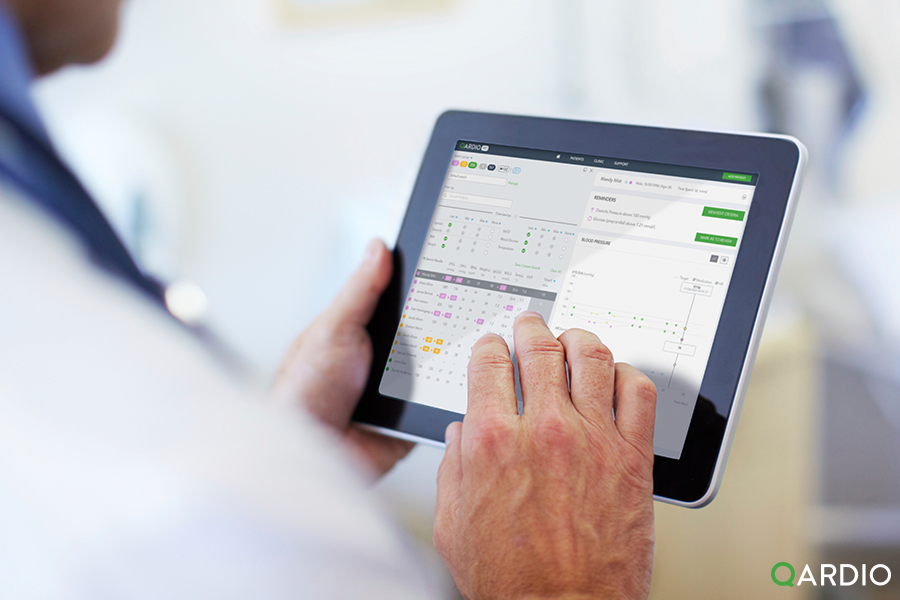In July 2019, CMS proposed new rules and reimbursement codes for the Chronic Care Management program and Remote Patient Monitoring services. It solicited the wider healthcare community for comments before releasing its 2020 Physician Fee Schedule. CMS finalized 2 changes that were originally proposed, both of which will go into effect on January 1, 2020. Both changes are related to the remote patient monitoring services.
New CPT code 99458 to pay for additional RPM time
In January 2019, a new CPT code 99457 went into effect that reimburses qualifying practitioners for remote physiologic monitoring treatment management services performed by clinical staff, physician or other qualified HPC that required at least 20 minutes of their time during the billing month. The new CPT 99458 is effectively an “add-on” code that will reimburse for additional 20 or more minutes beyond the initial 20 minutes covered by CPT 99457. The new description of both codes is:
- CPT code 99457 (Remote physiologic monitoring treatment management services, clinical staff/physician/other qualified health care professional time in a calendar month requiring interactive communication with the patient/caregiver during the month; initial 20 minutes)
- CPT code 99458 (Remote physiologic monitoring treatment management services, clinical staff/physician/other qualified health care professional time in a calendar month requiring interactive communication with the patient/caregiver during the month; additional 20 minutes)
From January 2020, practitioners will utilize the CPT 99458 for patients who received the remote physiologic monitoring treatment management service amounting to 40 minutes or more in any given month.
RPM Supervision changes from Direct to General
From January 2020, remote patient monitoring care will no longer require direct supervision but instead auxiliary staff will be able to deliver RPM under general supervision. This means that Medicare no longer requires the physician and the auxiliary personnel to operate from the same place of work, giving practitioners the opportunity to outsource the RPM program staff, centralize the staff of multiple locations or outsource the program completely.
Additional guidance for Rural Health Clinics (RHCs) and Federally Qualified Health Centers (FQHCs)
CMS clarified their stance on RPM billing for RHCs and FQHCs stating these organizations are not eligible to bill these codes because they are already included in the RHC all-inclusive rate or FQHC prospective payments. For more information on Chronic Care Management (CCM) payment rules for rural health clinics and federally qualified health centers, see our dedicated post here.
CMS made it clear that it continues to evaluate further improvements for the CCM and RPM payments including those originally proposed in July 2019. To view these proposed changes see our dedicated blog post here.
To download the CMS 2020 Physician Fee Schedule click here.
Looking to implement a remote patient monitoring solution? With QardioMD, you can get access to a full remote monitoring end-to-end service to easily track patient data, view patient trends, and make efficient diagnoses. To learn more how RPM with Qardio works, speak with a product expert here.
Source: The CMS website


